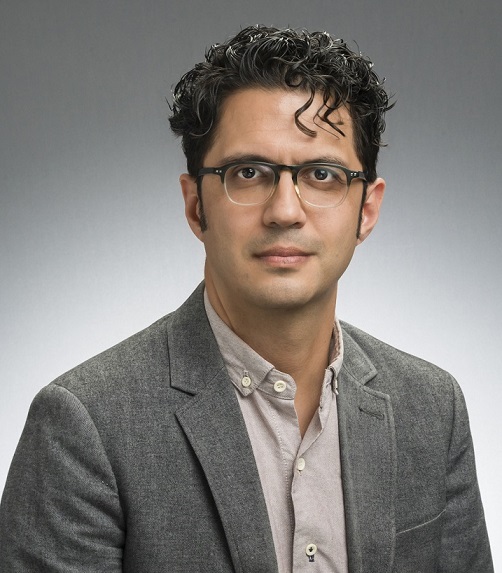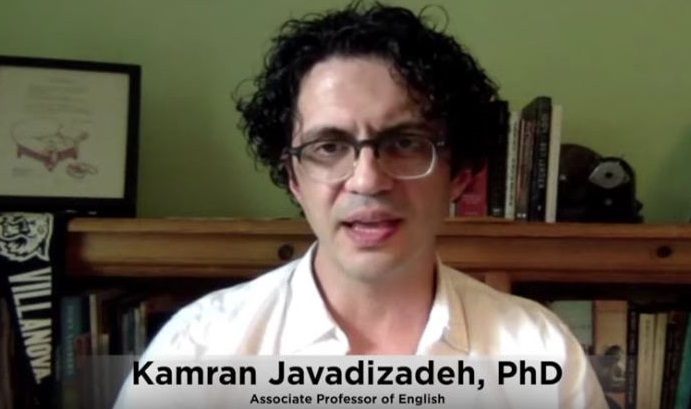Online English Course Examines How Writing Allows Intimacies to Form Across Time and Distance

Kamran Javadizadeh, PhD, associate professor of English, did not use an old shell of past syllabi for his classes this fall. He designed his fall courses from the ground up to be delivered online, including an English course called “Letters, Texts, Twitter.” The goal of this course is to study how writing allows intimacies to form across spatial and temporal distances. To examine this, Dr. Javadizadeh uses letters, as well as newer digital forms including social media, texting and instant messaging.
There is a clear connection between this topic and the experiences of individuals during the current COVID-19 environment—a time of social distancing—and Dr. Javadizadeh is using the opportunity to engage students in dialogue.
This summer, Dr. Javadizadeh wrote an essay—published by The New Yorker—about English author Virginia Woolf and some of the letters she wrote as a young woman. In a series of letters to a close friend, Woolf used fantasy to cover up the pain of her brother’s death due to typhoid.
“Recently, I’ve found myself drawn to these early Woolf letters—to their unsettling mix of grief and hope, loss and desire—because in them I see a writer experimenting, perilously, with fantasy’s transformative potential,” wrote Dr. Javadizadeh in his essay.
Dr. Javadizadeh plans to use both the letters of authors like Woolf and the presence of epistolary forms in literature to engage students in discussion about their own lives.
“I have been fascinated by this topic of how we can create certain forms of proximity and friendship and love from a distance,” said Dr. Javadizadeh. “What I want to know is how do my students think about these ideas? How do these ideas come into being in their own lives?”
Dr. Javadizadeh’s course was designed to be completely online—with a mixture of synchronous and asynchronous activities. To promote student engagement, he split the class in half for the synchronous sessions.

“This was partly a practical decision on my part,” he noted. "It’s easier to have a good, synchronous videoconference discussion with 12-13 students than with 25 at once—but this mix of modalities also gives us a vivid and ongoing example of the resources of synchronous and asynchronous communication, which is one of our key topics.”
In addition to using technologies like Zoom, Slack and Google Drive, Dr. Javadizadeh is also having students in each half of the class write letters—actual letters, sent via USPS—to students in the other half. At the same time, he is encouraging students to send each other text messages during their Zoom sessions.
“The point of all of this is to get students to examine their own epistolary practice,” added Dr. Javadizadeh. “How is letter-writing like (and unlike) tweeting, texting, facetiming, etc.?”
Dr. Javadizadeh is inviting a series of guests into his classes via Zoom—including several prominent scholars of the authors his students are reading—to discuss the works. He also plans to have one of the authors visit for a Q&A upon his students’ completion of the book.
“From my perspective, the opportunity to engage with students online, to have conversations with students online, both in real-time and with the time and space for contemplation that asynchrony makes possible, is something that I've really looked forward to,” added Dr. Javadizadeh. “It's been a socially distant summer in all kinds of ways and I am looking forward to the opportunity to exchange ideas, to learn from my students, to learn from their experiences and to put some of what they're thinking about in dialogue with the research that I've been doing this summer.”
